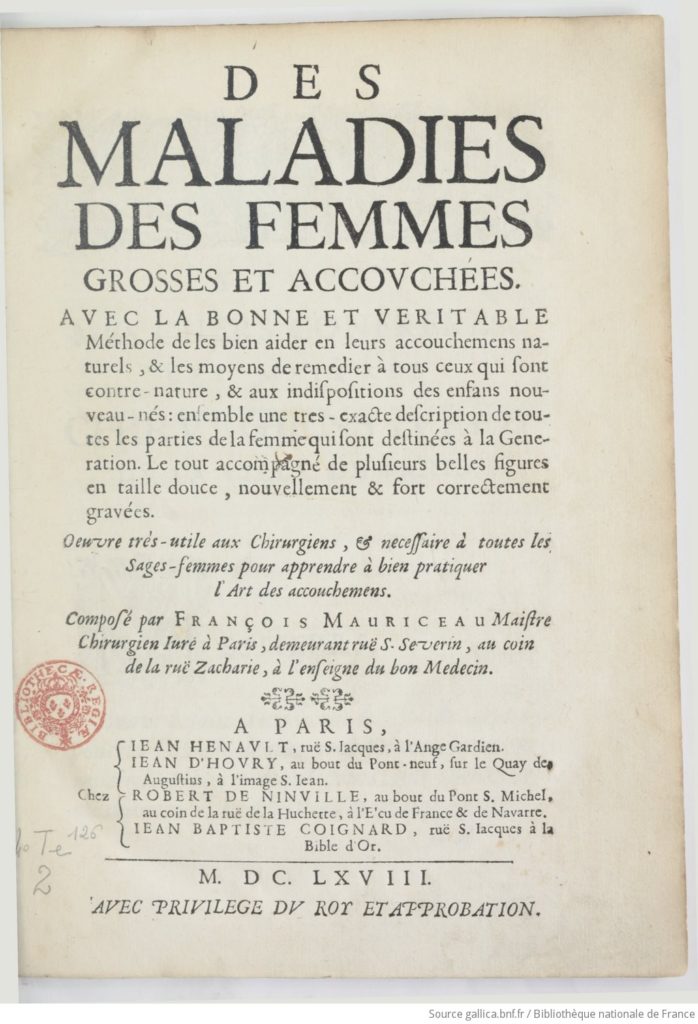Diseases of Women with Child
| Title | Les Maladies des Femmes grosses et accouchées. Avec la bonne et véritable Méthode de les bien aider en leurs accouchemens naturels, & les moyens de remédier à tous ceux qui sont contre nature, & aux indispositions des enfans nouveau-nés |
|---|---|
| Title (translated) | The diseases of women with child, and in child-bed |
| Contributor(s) | Mauriceau, François
(author) Chamberlen, Hugh (translator and annotator) |
| Year | 1668 (French original) 1672 (English translation and annotated edition) 1736 (18th century reprint of Chamberlen’s 1672 translated edition) |
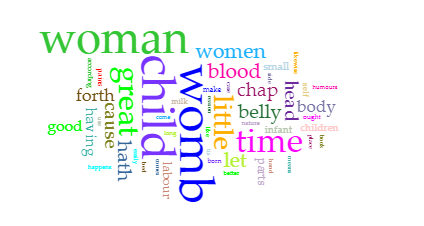
This is a visualisation taken from Voyant Tools which shows the most common words and concerns of this text and how it pertains to the female body. The womb is persistently the most common word used in our medical sources. Blood, labour and children are also familiar themes.
In 1668 the esteemed surgeon François Mauriceau (1637-1709) wrote Les Maladies des Femmes grosses et accouchées. Avec la bonne et véritable Méthode de les bien aider en leurs accouchemens naturels, & les moyens de remédier à tous ceux qui sont contre nature, & aux indispositions des enfans nouveau-nés…. After a rather interesting encounter in 1670 with Hugh Chamberlen, an equally esteemed male-midwife from England, the text was quickly and eagerly translated by this latter practitioner. Chamberlen published his first translated edition in 1672 under the name The Accomplish’t Midwife, but this title was altered in future English editions to be The diseases of women with child, and in child-bed…. In the translator’s note of the text, Chamberlen writes that he initially intended to write his own book but after meeting “this Treatise of Mauriceau, (which, in my Opinion, far exceeds all former Au∣thors, especially Culpeper, Sharp, Speculum Matricis, Sermon, &c. being less erronious, and enrich’d with divers new Observations) I chang’d my Resolution into that of translating him”(Mauriceau, 1668/1736, p. xi).
We decided to work with the translated edition, as it represents the ideals of two voices and was popular enough to be reprinted midway into the 18th century in 1736. The Diseases of Women, whether in English, or French, or any of the other seven languages it was translated into was monumental work that far exceeded the standings of thought previously held by any of our authors.
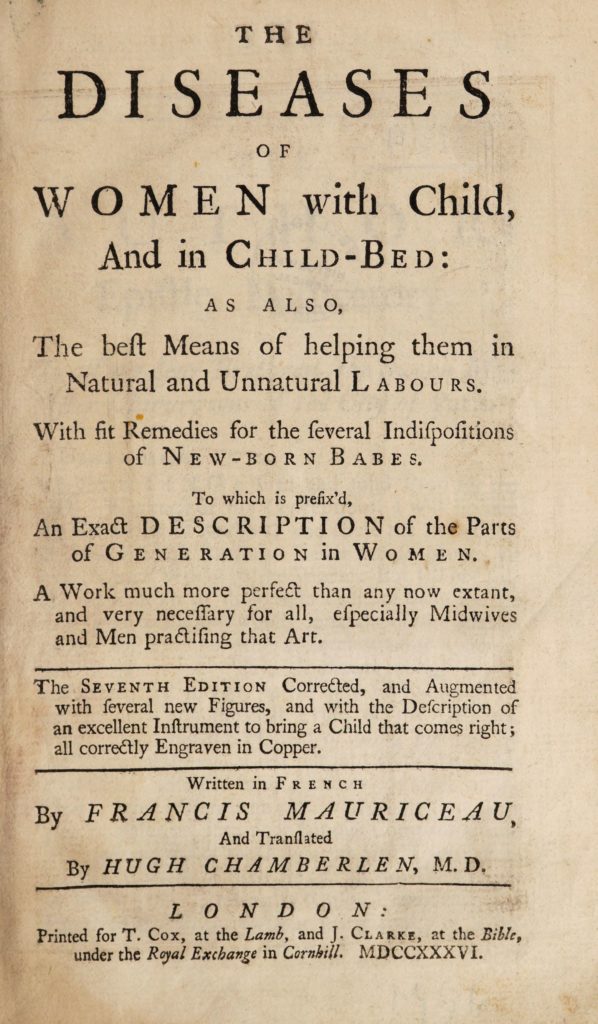
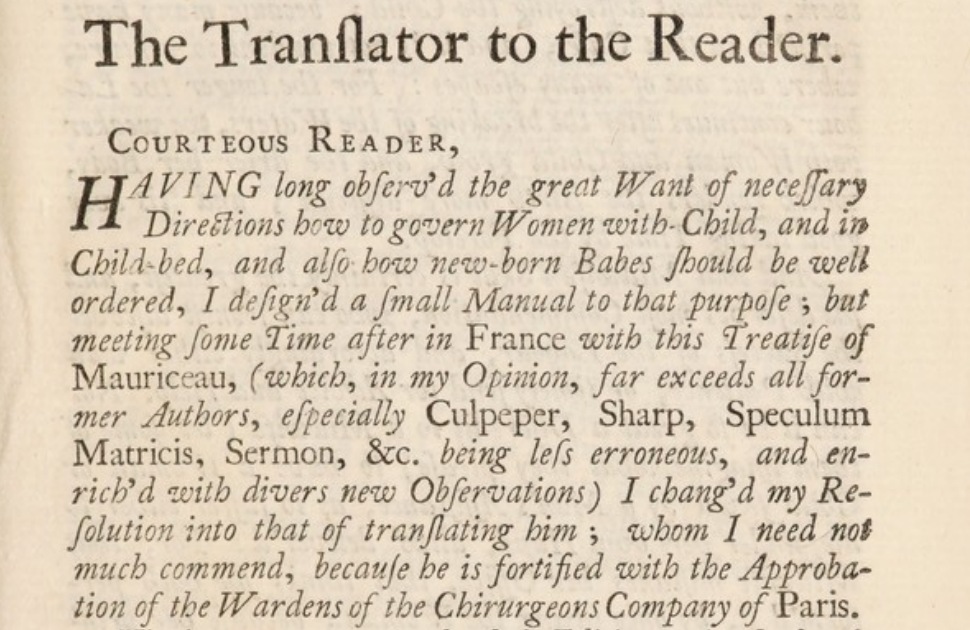
Chamberlen benefitted from an air of authority accredited to him from his family lineage of surgeons and midwives. It is his family who is credited in the invention of forceps which could safely deliver a living child from a living mother.
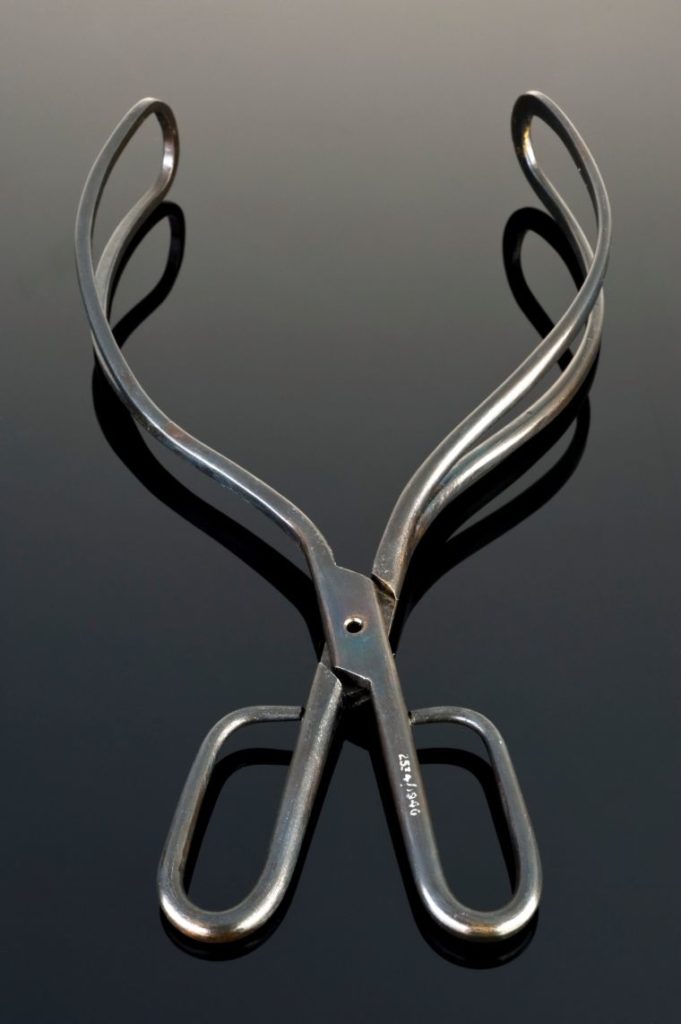
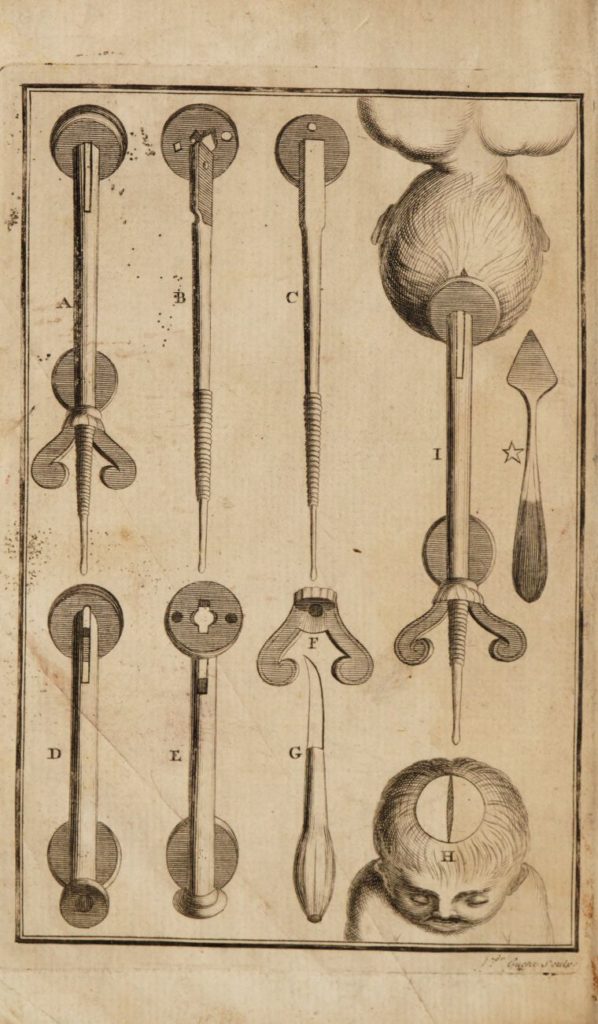
Consult the sources
Source
We made use of two versions of the source: the first is the transcribed 1672 translated edition, which carries the later title, hosted by University of Michigan, and it serves as our .txt data file source; the second is a digitised 1736 translated edition hosted by the Wellcome Collection.
